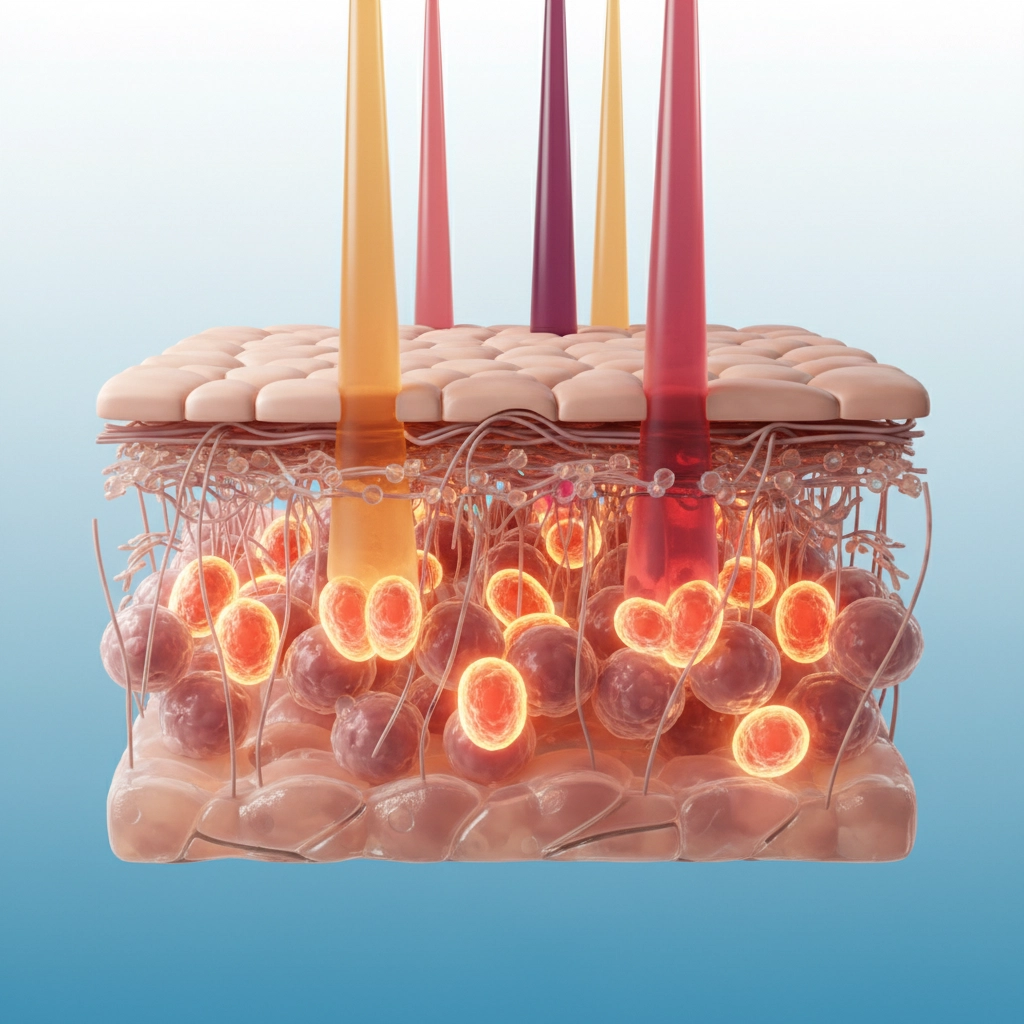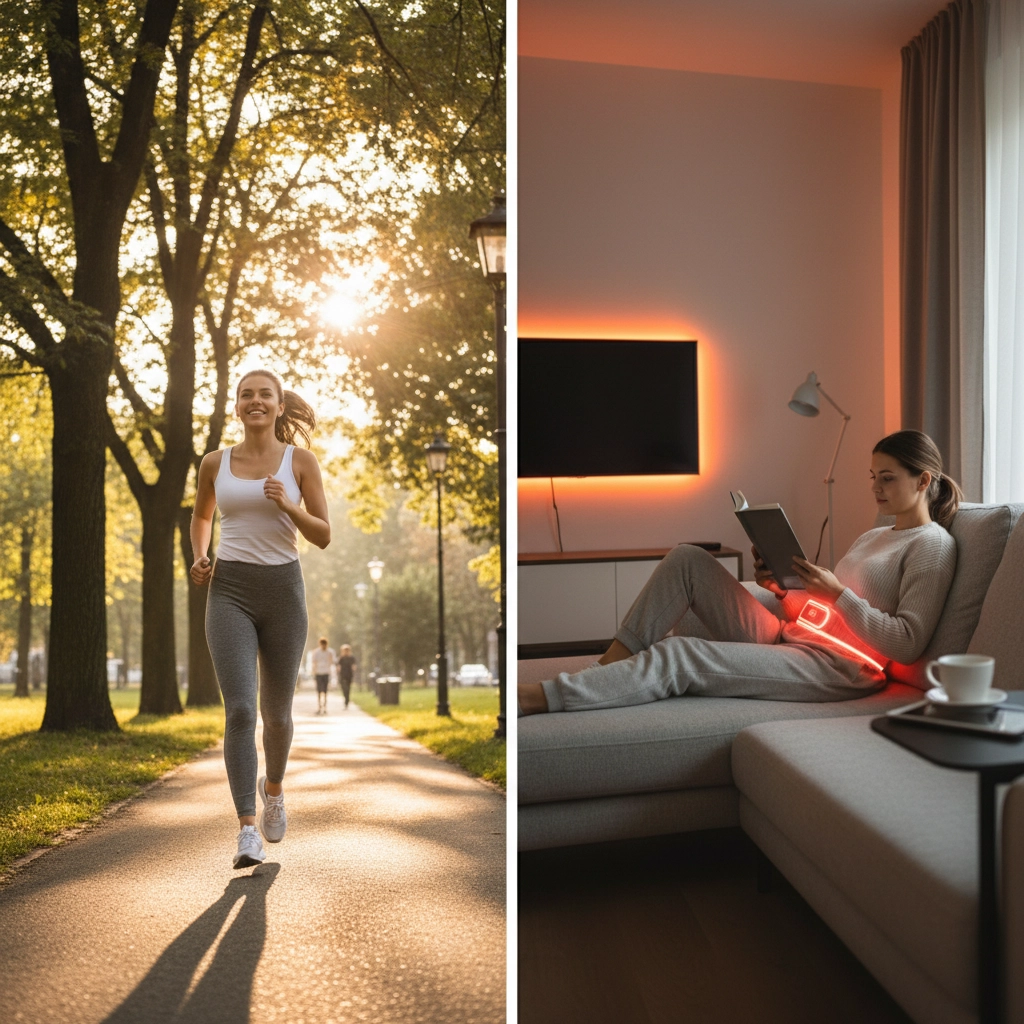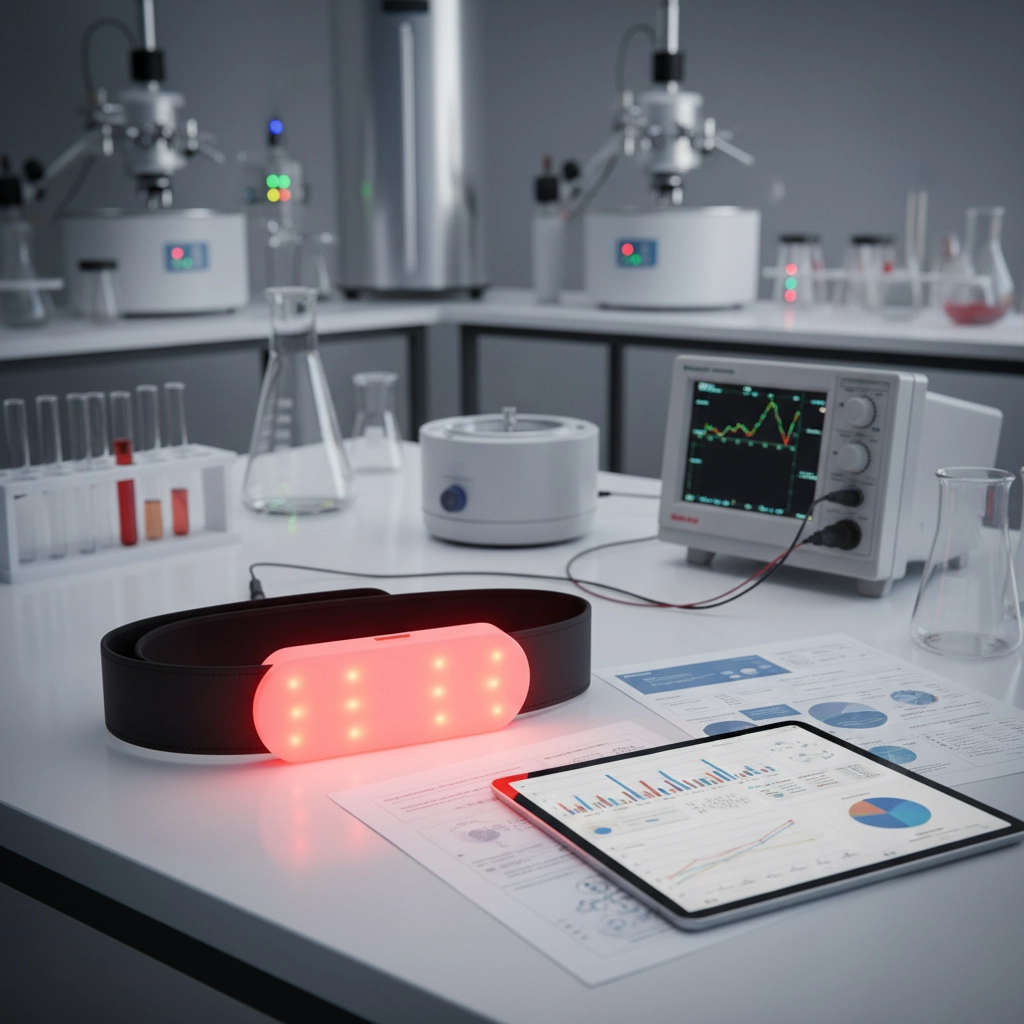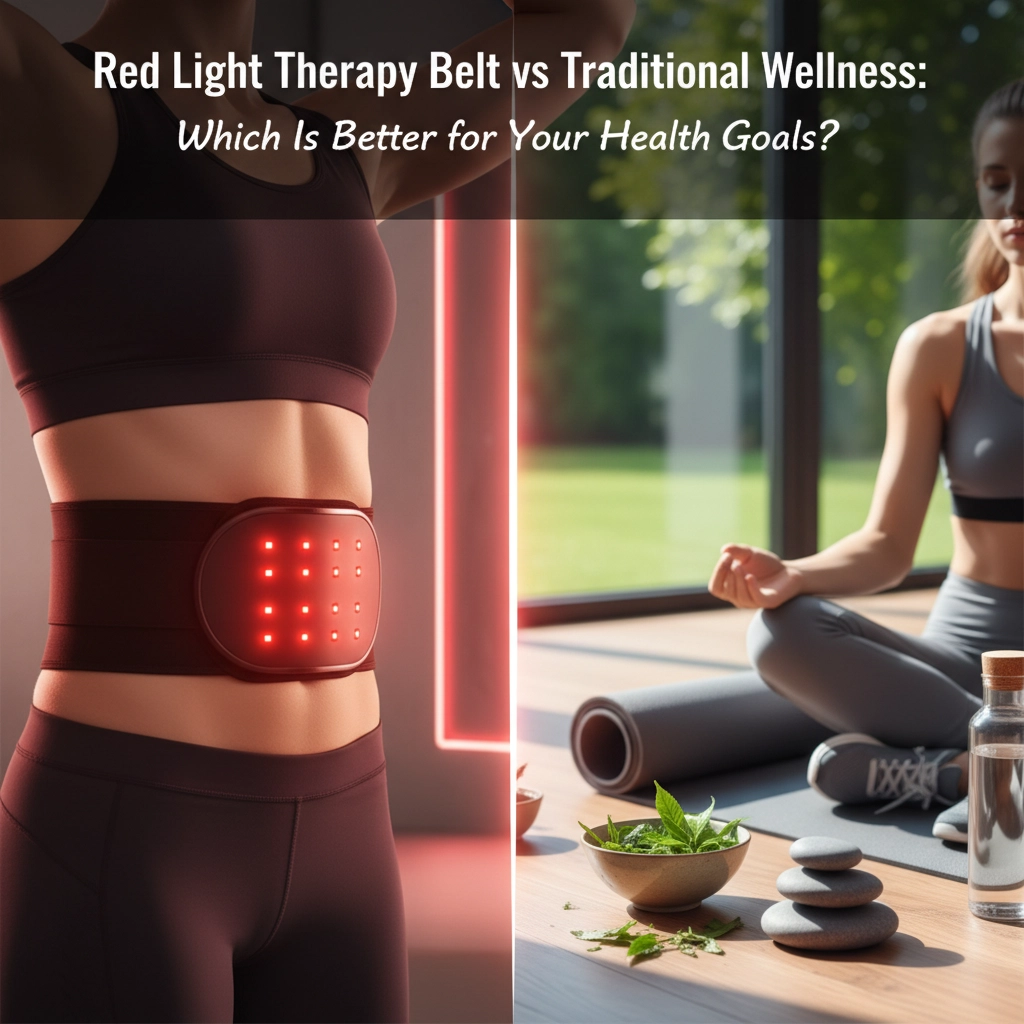Ever wondered why your gym buddy swears by that weird glowing belt they wear during Netflix marathons? Or why your coworker keeps raving about "photobiomodulation therapy" like it's some kind of sci-fi miracle cure?
You're not alone. Red light therapy belts have exploded onto the wellness scene, promising everything from faster muscle recovery to weight loss support. But here's the thing – with all the buzz around these LED-powered gadgets, it's easy to forget about the tried-and-true wellness approaches that have kept humans healthy for centuries.
So let's cut through the hype and figure out what actually works for your health goals.
What Actually Is Red Light Therapy?
Red light therapy isn't as futuristic as it sounds. These devices emit light at specific wavelengths (usually between 600-900 nanometers) that penetrate your skin and get absorbed by your cells' powerhouses – the mitochondria.
Think of it like giving your cells an espresso shot. The light helps boost energy production, reduce inflammation, and speed up healing processes. It's the same concept behind those expensive LED face masks celebrities use, just wrapped around your waist instead.

The belt format makes it super convenient. You can literally wear one while doing dishes, working from home, or binge-watching your favorite show. Most people use them for 10-20 minutes, 3-5 times a week – way easier than scheduling daily gym sessions or meal prep marathons.
But convenience doesn't automatically mean effectiveness. That's where things get interesting.
Traditional Wellness vs High-Tech Solutions
Traditional wellness approaches have been battle-tested for generations. We're talking about the basics:
• Regular exercise (cardio, strength training, flexibility work)
• Balanced nutrition (whole foods, portion control, staying hydrated)
• Quality sleep (7-9 hours of consistent, restorative rest)
• Stress management (meditation, social connections, hobbies)
• Preventive healthcare (regular checkups, screenings, vaccines)
These methods work on multiple systems simultaneously. When you go for a run, you're not just burning calories – you're strengthening your heart, improving mood through endorphin release, building bone density, and boosting immune function.
Red light therapy belts, on the other hand, target specific cellular processes. They're more like precision tools than Swiss Army knives. The research shows they can help with localized pain relief, muscle recovery, and modest improvements in skin quality. But they're not going to replace the foundational benefits of moving your body and eating well.
Here's a story that perfectly illustrates this: My friend Sarah bought a $200 red light therapy belt last year, convinced it would help her lose the 20 pounds she'd gained during the pandemic. She used it religiously for three months while continuing her routine of takeout dinners and Netflix marathons.
The result? She felt slightly less sore after her occasional walks, but the scale barely budged. It wasn't until she started meal prepping and joined a hiking group that she saw real changes. The belt became a nice addition to her routine, not the magic solution she'd hoped for.

The Real Results (What Science Says)
Let's talk numbers. Clinical studies show red light therapy can be genuinely helpful for specific issues:
Pain and Recovery: Multiple studies demonstrate measurable improvements in muscle soreness, joint stiffness, and chronic pain conditions. Athletes often see faster recovery from workouts when they use red light therapy consistently.
Skin Health: The research here is solid – red and near-infrared light can stimulate collagen production and improve skin elasticity. You might notice fewer fine lines and better texture over time.
Weight Loss: This is where things get tricky. While some studies show modest metabolic benefits, the results are pretty underwhelming compared to traditional diet and exercise. We're talking about maybe supporting a few extra pounds lost over several months, not dramatic transformations.
Circulation: Red light therapy does improve blood flow in treated areas, which can help with healing and nutrient delivery to tissues.
But here's what the studies also show – these benefits are relatively modest compared to traditional wellness approaches. A consistent exercise routine will blow red light therapy out of the water for weight loss, cardiovascular health, and overall fitness.
The power issue matters too. Wearable belts can't pack the same punch as larger, stationary panels because of size and heat constraints. So while they're convenient, you might need more patience to see results compared to clinical-grade equipment.
Which One's Right for Your Goals?
The honest answer? It depends on what you're trying to achieve and where you're starting from.
Choose red light therapy belts if:
- You have specific areas of chronic pain or stiffness
- You're an athlete looking to optimize recovery
- You want to support your skin health routine
- You're already doing the wellness basics consistently
- You have the budget for a supplementary tool
Stick with traditional wellness if:
- You're just starting your health journey
- Weight loss is your primary goal
- You want the biggest bang for your buck
- You're dealing with overall health issues (not just localized problems)
- You prefer approaches with decades of solid research

The sweet spot? Using both strategically. Red light therapy belts work best as part of a comprehensive wellness routine, not as a replacement for it. Think of them like a good multivitamin – potentially helpful, but not miraculous on their own.
For most people, getting the basics right (movement, nutrition, sleep, stress management) will deliver far more dramatic and lasting results than any high-tech gadget. But if you've got those foundations covered and want to optimize specific areas, red light therapy can be a worthwhile addition.
The key is having realistic expectations. These belts aren't going to transform your health overnight or replace the need for lifestyle changes. But they can provide targeted support for recovery, pain management, and skin health when used consistently as part of a broader wellness strategy.
What matters most for your health goals – the convenience of new technology or the proven power of traditional wellness approaches?







